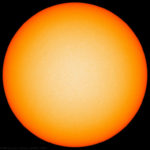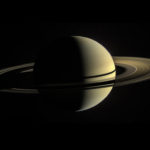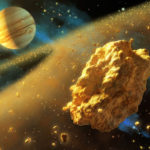1Overview
The solar system study guide provides a more organized approach to the study of the solar system. It organizes articles into groups to create an order for reading solar system articles. Some students will find this kind of approach useful in learning. The following articles provide an overview of the solar system.
Recommended Readings
About the Solar System: Provides and overview of the solar system.
History of the Solar System Timeline: The history of the solar system from the Big Bang to the first humans.
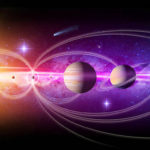
2The Sun
The sun lies at the center of the solar system. It is also the primary source of life on the planet Earth. The Solar System Study Guide examines the sun and its features.
Recommended Readings
Sun: Source of Energy for Life: Explore the nature, significance, and importance of the sun.
Sunspots: Signs of a Mini-Ice Age: Reviews the nature of sunspots and their relationship to Ice Ages.
3The Rocky Planets
The rocky planets have a solid and rocky surface. These are the four inner planets in the solar system. Earth is the third planet from the sun. It is the only planet with an abundance of water on its surface. The following articles looks at all four of the rocky planets.
Recommended Readings
Earth: Out Little Blue Planet: Explore the nature of the rocky planet of Earth and its ability to support life.
Mars: the Red Planet: Reviews the red planet and the possibility that it could support simple lifeforms.
Mercury: Small but Really Hot: Explore the planet Mercury, the closest planet to the sun.
Venus: The Bright Planet of Love: Provides an overview of the Earth’s twin planet. This is the brightest planet in the night sky.
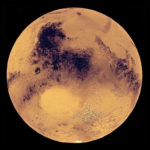
4The Giant Planets
The giant planets are the four outer planets. They are either gas or ice giants. The Solar System Study Guide takes a look at the largest planets.
Jupiter: The King of the Planets: An overview of the gas giant Jupiter and how it protects the rocky planets.
Neptune: Ice Giant Named After the God of the Sea: One of two ice giants in the solar system.
Saturn: Rings and Things: Explore the ringed planet.
Uranus: A Possible Ice Giant: Explore one of the ice giants.
5Other Bodies
In addition to the planets, there are other bodies orbiting the sun. A Solar System Study Guide examines these bodies.
Asteroids and Meteors: the Sky is Falling!: A study of asteroids and meteors and their impact on the planet Earth.
Comets An Omen of Disaster: A review of the structure and behavior of comets.

